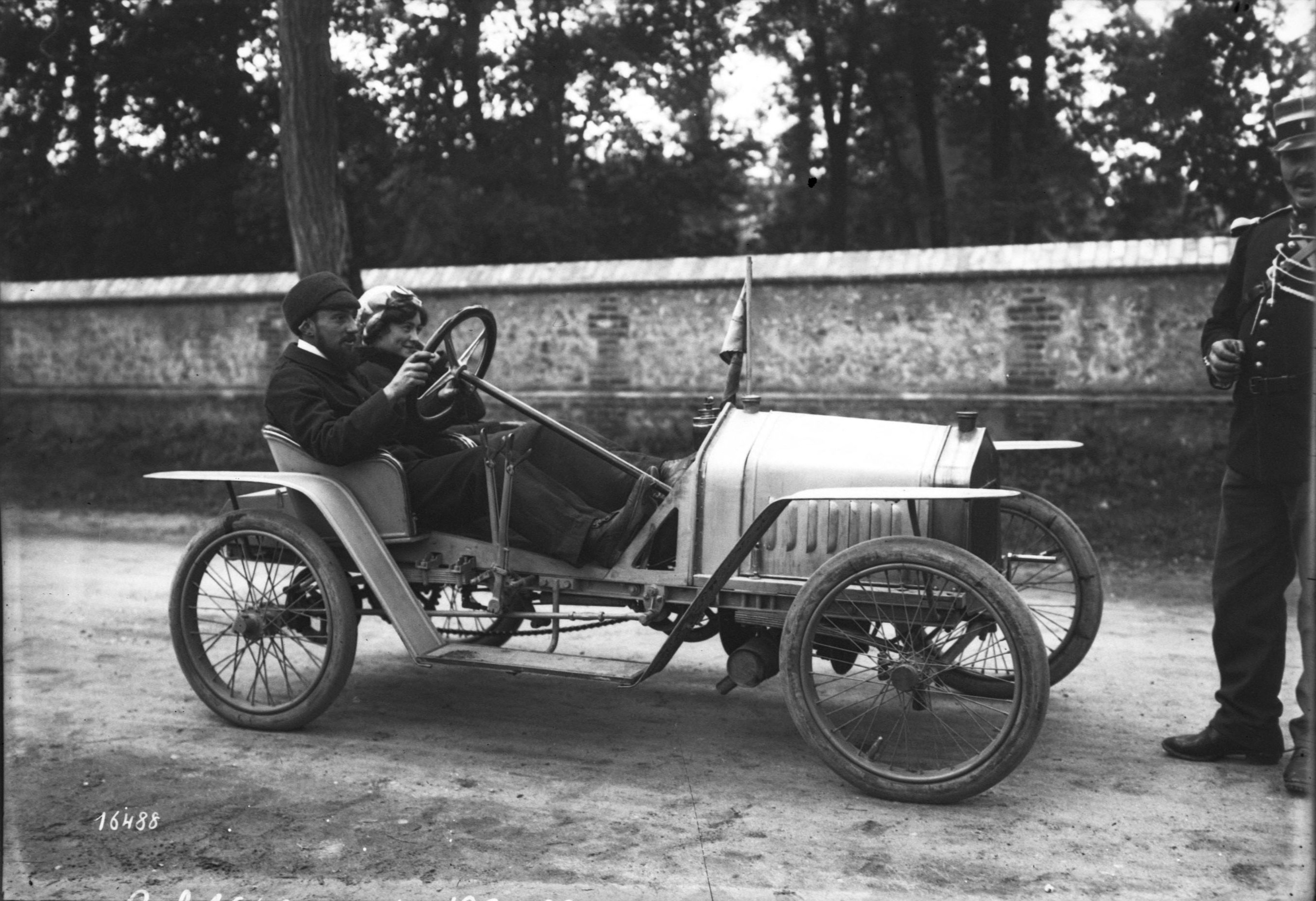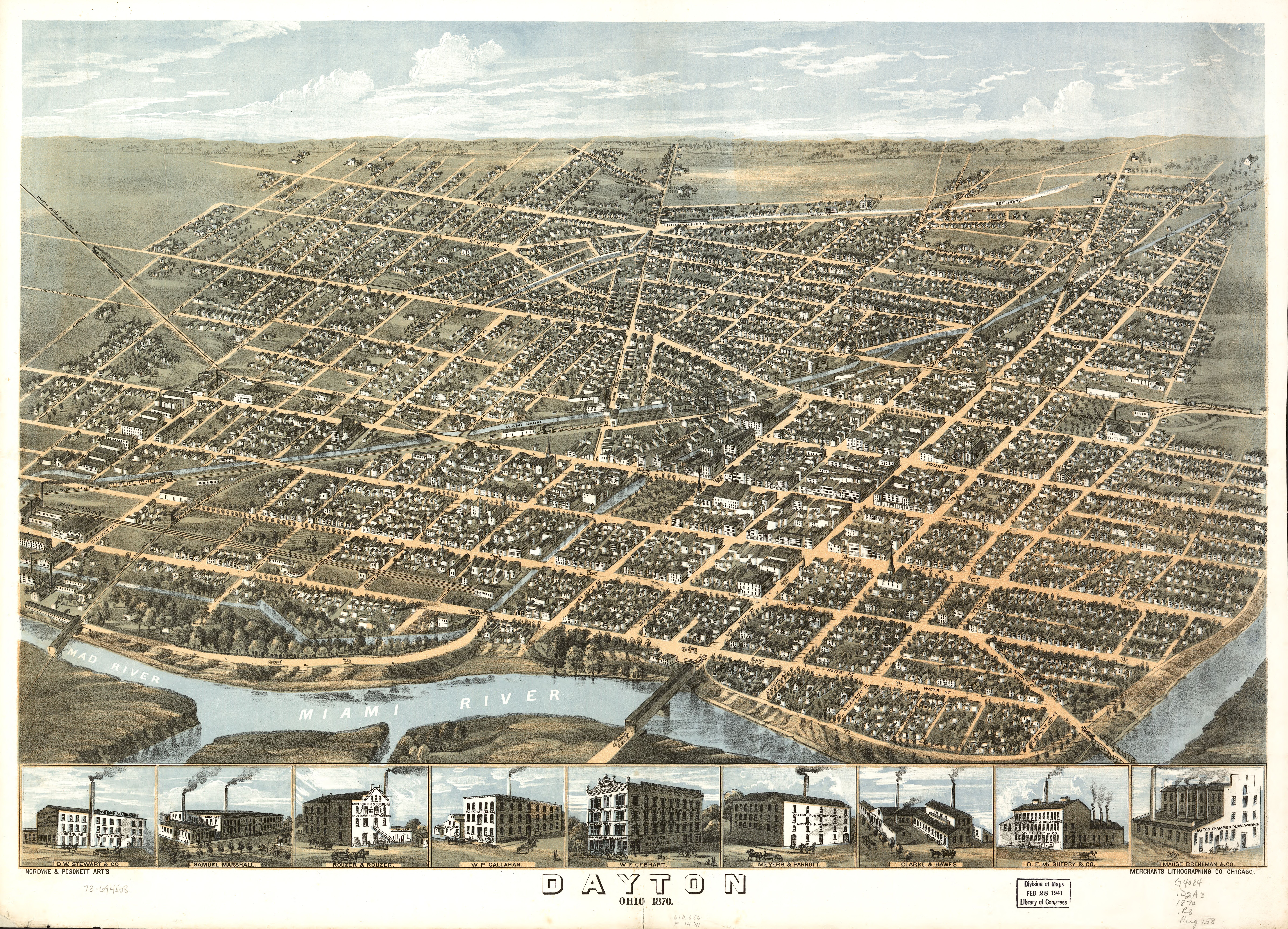|
Whitmore Arrow
The Arrow was a cyclecar marketed as a light car manufactured in M.C. Whitmore Co, Dayton, Ohio, in 1914. The Arrow had a four-cylinder,1 ½ liter water-cooled engine, and sold for $395. References ;Notes ;Bibliography * Cyclecars Defunct motor vehicle manufacturers of the United States Motor vehicle manufacturers based in Ohio Defunct companies based in Dayton, Ohio {{Brass-auto-stub ... [...More Info...] [...Related Items...] OR: [Wikipedia] [Google] [Baidu] |
Cyclecar
A cyclecar was a type of small, lightweight and inexpensive car manufactured in Europe and the United States between 1910 and the early 1920s. The purpose of cyclecars was to fill a gap in the market between the motorcycle and the car. A key characteristic was that it could only accommodate two passengers sitting tandem style or passenger behind the driver. The demise of cyclecars was due to larger cars – such as the Citroën Type C, Austin 7 and Morris Cowley – becoming more affordable. Small, inexpensive vehicles reappeared after World War II, and were known as microcars. Characteristics Cyclecars were propelled by engines with a single cylinder or V-twin configuration (or occasionally a four cylinder engine), which were often air-cooled. Sometimes motorcycle engines were used, in which case the motorcycle gearbox was also used. All cyclecars were required to have clutches and variable gears. This requirement could be fulfilled by even the simplest devices su ... [...More Info...] [...Related Items...] OR: [Wikipedia] [Google] [Baidu] |
Dayton, Ohio
Dayton () is the sixth-largest city in the U.S. state of Ohio and the county seat of Montgomery County. A small part of the city extends into Greene County. The 2020 U.S. census estimate put the city population at 137,644, while Greater Dayton was estimated to be at 814,049 residents. The Combined Statistical Area (CSA) was 1,086,512. This makes Dayton the fourth-largest metropolitan area in Ohio and 73rd in the United States. Dayton is within Ohio's Miami Valley region, north of the Greater Cincinnati area. Ohio's borders are within of roughly 60 percent of the country's population and manufacturing infrastructure, making the Dayton area a logistical centroid for manufacturers, suppliers, and shippers. Dayton also hosts significant research and development in fields like industrial, aeronautical, and astronautical engineering that have led to many technological innovations. Much of this innovation is due in part to Wright-Patterson Air Force Base and its place in the ... [...More Info...] [...Related Items...] OR: [Wikipedia] [Google] [Baidu] |
Water-cooled
Cooling tower and water discharge of a nuclear power plant Water cooling is a method of heat removal from components and industrial equipment. Evaporative cooling using water is often more efficient than air cooling. Water is inexpensive and non-toxic; however, it can contain impurities and cause corrosion. Water cooling is commonly used for cooling automobile internal combustion engines and power stations. Water coolers utilising convective heat transfer are used inside high-end personal computers to lower the temperature of CPUs. Other uses include the cooling of lubricant oil in pumps; for cooling purposes in heat exchangers; for cooling buildings in HVAC and in chillers. Mechanism Advantages Water is inexpensive, non-toxic, and available over most of the earth's surface. Liquid cooling offers higher thermal conductivity than air cooling. Water has unusually high specific heat capacity among commonly available liquids at room temperature and atmospheric pressure allowing ... [...More Info...] [...Related Items...] OR: [Wikipedia] [Google] [Baidu] |
Cyclecars
A cyclecar was a type of small, lightweight and inexpensive car manufactured in Europe and the United States between 1910 and the early 1920s. The purpose of cyclecars was to fill a gap in the market between the motorcycle and the car. A key characteristic was that it could only accommodate two passengers sitting tandem style or passenger behind the driver. The demise of cyclecars was due to larger cars – such as the Citroën Type C, Austin 7 and Morris Cowley – becoming more affordable. Small, inexpensive vehicles reappeared after World War II, and were known as microcars. Characteristics Cyclecars were propelled by engines with a single cylinder or V-twin configuration (or occasionally a four cylinder engine), which were often air-cooled. Sometimes motorcycle engines were used, in which case the motorcycle gearbox was also used. All cyclecars were required to have clutches and variable gears. This requirement could be fulfilled by even the simplest devi ... [...More Info...] [...Related Items...] OR: [Wikipedia] [Google] [Baidu] |
Defunct Motor Vehicle Manufacturers Of The United States
{{Disambiguation ...
Defunct (no longer in use or active) may refer to: * ''Defunct'' (video game), 2014 * Zombie process or defunct process, in Unix-like operating systems See also * * :Former entities * End-of-life product * Obsolescence Obsolescence is the state of being which occurs when an object, service, or practice is no longer maintained or required even though it may still be in good working order. It usually happens when something that is more efficient or less risky r ... [...More Info...] [...Related Items...] OR: [Wikipedia] [Google] [Baidu] |
Motor Vehicle Manufacturers Based In Ohio
An engine or motor is a machine designed to convert one or more forms of energy into mechanical energy. Available energy sources include potential energy (e.g. energy of the Earth's gravitational field as exploited in hydroelectric power generation), heat energy (e.g. geothermal), chemical energy, electric potential and nuclear energy (from nuclear fission or nuclear fusion). Many of these processes generate heat as an intermediate energy form, so heat engines have special importance. Some natural processes, such as atmospheric convection cells convert environmental heat into motion (e.g. in the form of rising air currents). Mechanical energy is of particular importance in transportation, but also plays a role in many industrial processes such as cutting, grinding, crushing, and mixing. Mechanical heat engines convert heat into work via various thermodynamic processes. The internal combustion engine is perhaps the most common example of a mechanical heat engine, in which he ... [...More Info...] [...Related Items...] OR: [Wikipedia] [Google] [Baidu] |



